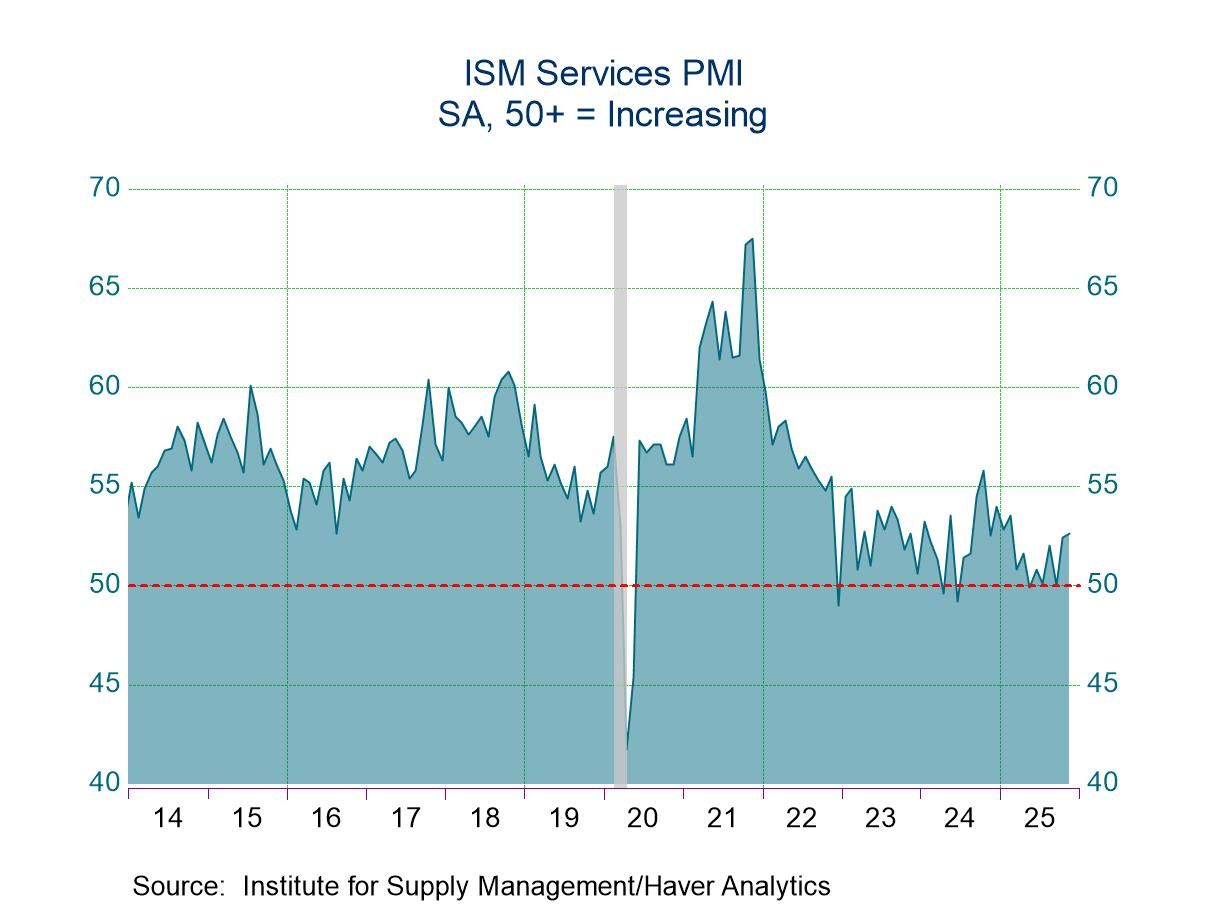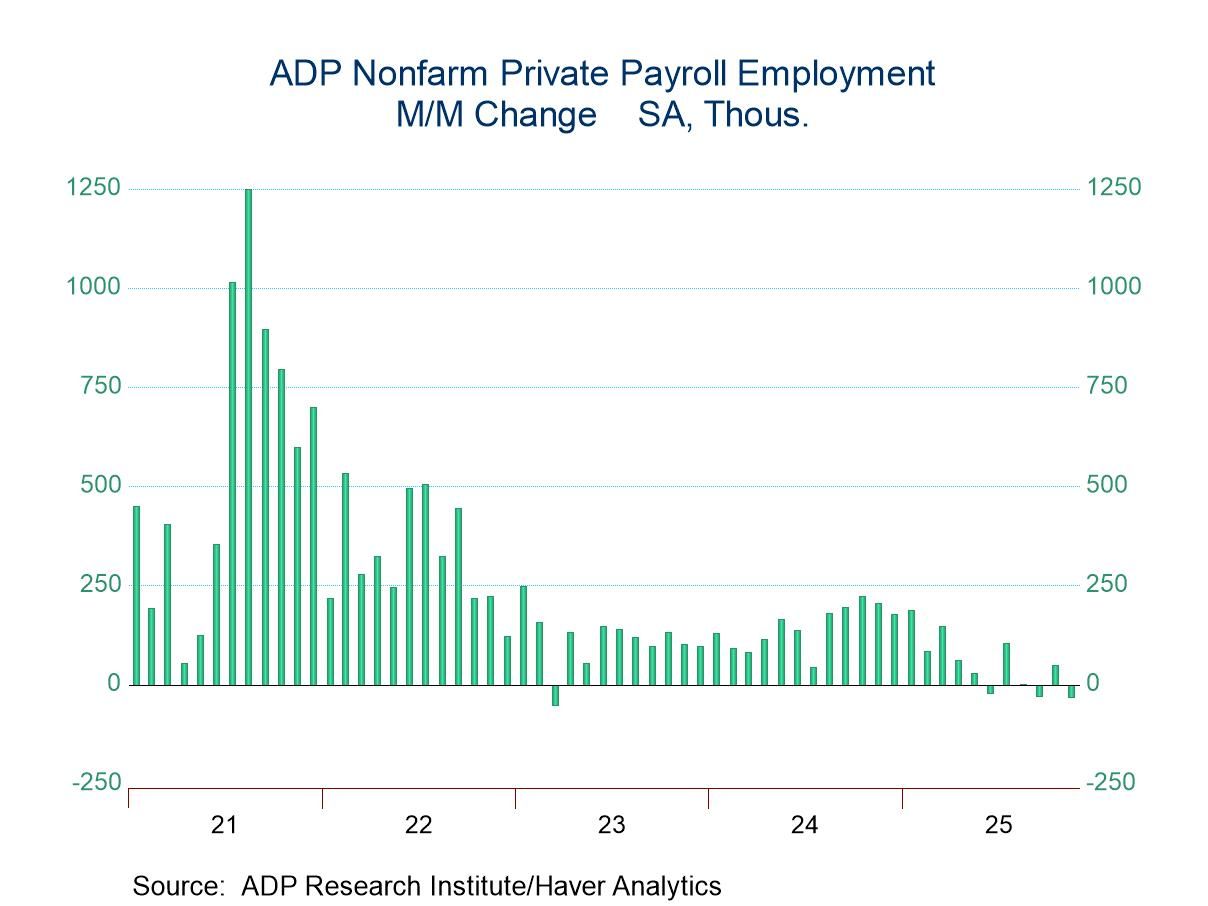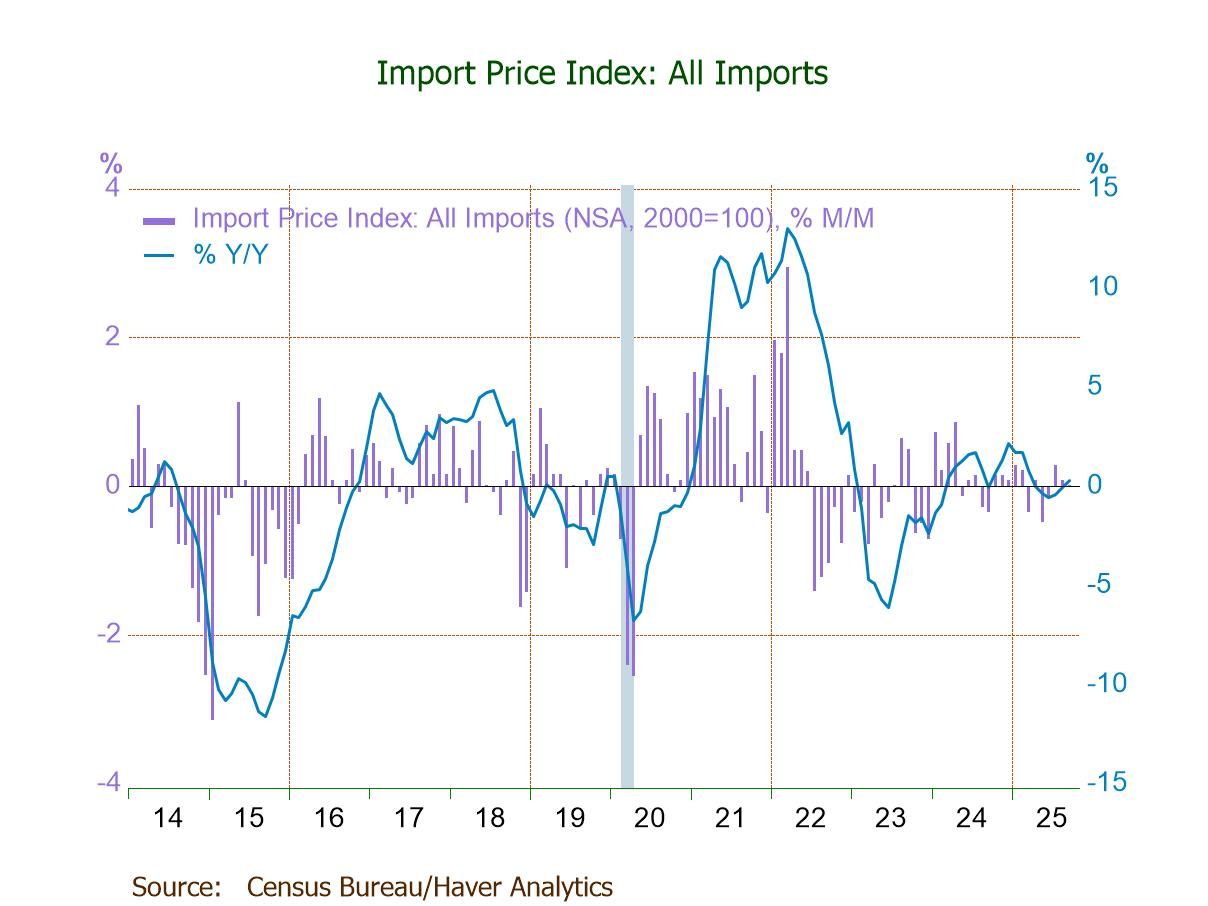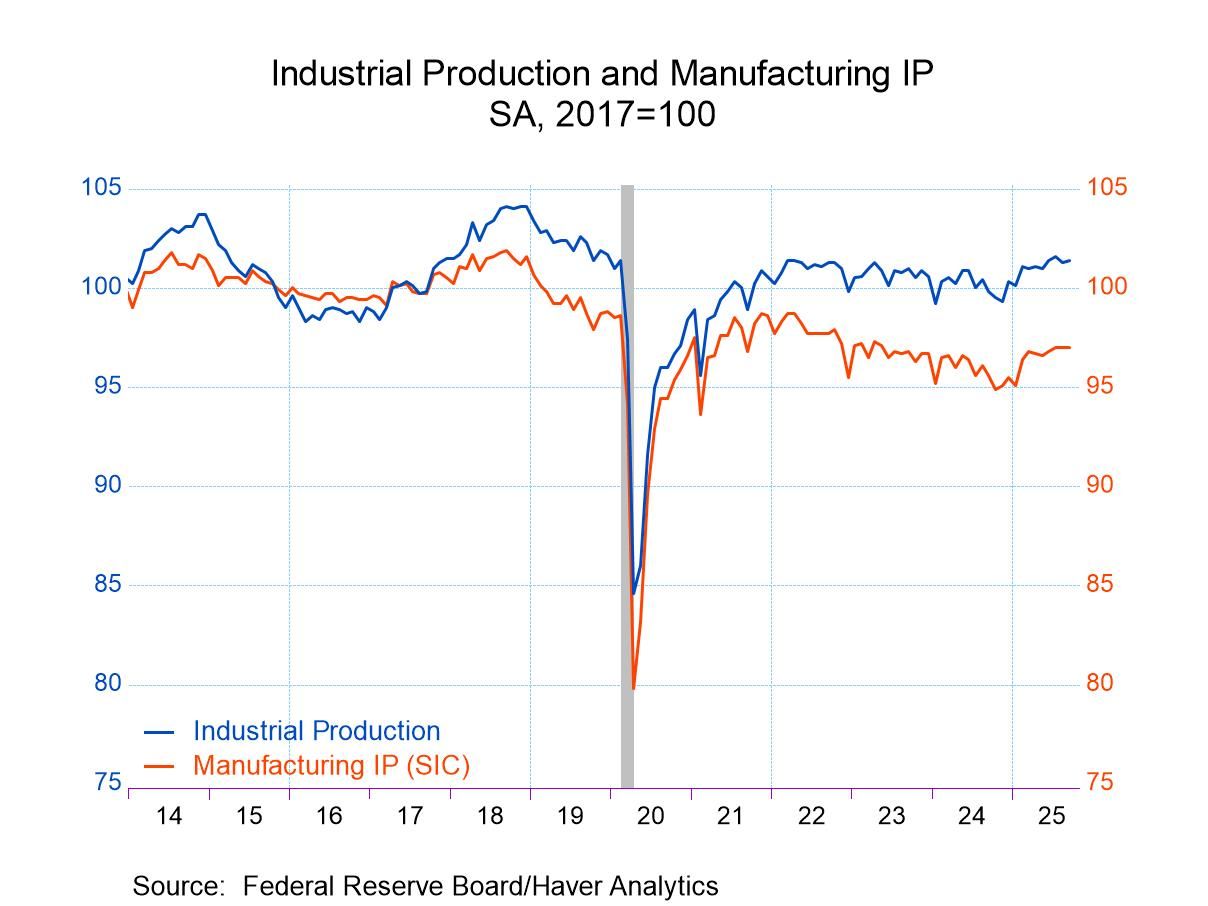 Asia| Jan 13 2025
Asia| Jan 13 2025Economic Letter From Asia: On China
In our first economic letter of the year, we focus on China. Despite positive economic surprises in recent months (Chart 1) and growth now on track to meet the “around 5%” target, China’s recovery remains uneven and subject to downside risk. In response, China’s authorities have rolled out more fiscal and monetary easing measures (Chart 2), broadening both their scale and their scope. However, some observers continue to question whether these measures will be effective, particularly in addressing deeper structural issues.
Amid expectations of low interest rates and concerns about a deflationary spiral, investors have bought more Chinese bonds, driving yields to record lows (Chart 3). The continued decline in bond yields prompted the authorities to intervene on Friday and halt further bond purchases. Looking ahead, China faces several challenges, with US trade policy, in particular, a key concern (Chart 4).
Ahead of potential US trade actions, producers and importers have taken precautionary steps, boosting supplies, and thereby driving China’s export growth in recent months (Chart 5). Nonetheless, export prices have continued to decline, and the yuan has weakened further. Against this backdrop there will be much interest in this week’s upcoming data releases, including the highly anticipated Q4 GDP report (Chart 6).
Recent developments Although there have been some positive developments, lingering macroeconomic challenges persist. On the one hand, the extent of economic surprises in China, as shown in Chart 1, remains largely positive, with a flurry of positive surprises late last year. On the other hand, concerns in sectors like the property market continue to weigh on the economy. Moreover, the pace of China’s economic recovery remains uneven across sectors, as reflected in the latest PMI readings. The manufacturing sector shows only mild expansions, while the non-manufacturing sector continues to grow at a faster pace. Nonetheless, President Xi has recently stated that China is on track to meet its growth target of "around 5%" for 2024. China’s real GDP growth has certainly stayed close to the 5% target, narrowly missing it with a 4.8% year-over-year growth in Q3.
Chart 1: China GDP growth and economic surprise

China’s authorities have pledged continued support for the economy. On the fiscal front, leaders have committed to increasing the budget deficit to 4% of GDP while maintaining a growth target of "around 5%", thereby providing more room for expenditure. Additionally, authorities have reportedly agreed to significantly increase special bond issuance to 3 trillion yuan ($409 billion) in 2025, setting a new annual record. To further stimulate consumption, the government announced an expansion of the home appliance trade-in subsidy program, increasing the eligible items from eight to twelve. Additionally, millions of government workers received pay raises, boosting their disposable income and potentially driving greater consumption. On the monetary side, the People’s Bank of China (PBoC) has reaffirmed its "moderately loose" policy stance, promising to further reduce the reserve requirement ratio and interest rates, though the timing of these moves remains unclear. While these measures signal a clear intent to support the economy, some observers argue that they may not be sufficient to spark a robust recovery. Others, however, believe that the cautious approach is appropriate given the current circumstances.
Chart 2: China’s policy rates and reserve requirements

The recent rally in China’s bond markets appears to be fuelled by expectations of continued monetary easing and concerns over a potential deflationary spiral, among other factors. Investors have stepped up their purchases of Chinese bonds, driving yields to record lows, with the 10-year government bond yield at one point falling below 1.6%, as shown in Chart 3. This stands in contrast to the US, where government bond yields have risen due to a market reassessment of Fed rate cuts and expectations surrounding President-elect Trump’s policies. China's December CPI reading, which dropped to a nine-month low of just 0.1% year-on-year, has further heightened concerns of deflation. These factors have reignited fears of a potential "Japanification" of China, drawing parallels to the 1990s when Japan experienced leverage, persistently low inflation (and often deflation) as well as weak consumption.
Chart 3: China inflation and 10-year yields

Looming headwinds, anticipatory moves Adding to China’s challenges are potential actions from incoming US President Trump, who has maintained a hawkish stance on China as America’s economic rival. At the core of Trump’s position is his dissatisfaction with China’s large and persistent current account surplus with the US, primarily driven by trade (Chart 4), and concerns about its impact on the US economy. Additional worries focus on China’s overcapacity, which has supported export growth, and the extensive use of state subsidies that were perceived to have harmed US industries. As a result, Trump’s proposed solution—tariffs as high as 60% on Chinese exports to the US—could undermine one of China’s few remaining growth drivers, namely trade.
Chart 4: China’s sectoral growth and trade balance with the US

Producers and importers of Chinese goods have taken proactive steps in response to expected headwinds, with exports growing by double digits in October and December ahead of Trump’s return to office. Despite this, export prices have continued to decline (Chart 5), a trend some attribute to ongoing overcapacity in China. In response to potential US tariff actions, producers have also taken steps such as reorganizing supply chains and outsourcing from other economies. On the currency side, the yuan, along with many other Asian currencies, has depreciated significantly against the US dollar, which has made Chinese exports cheaper. However, whether a weaker yuan can fully offset the impact of looming US tariffs on China remains uncertain.
Chart 5: China trade growth and export prices

Upcoming data Looking ahead to the coming week, China’s data releases will be pivotal for investors in shaping their views on the economy. Along with its usual monthly reports, including retail sales, industrial production, unemployment, and house prices, China will release the highly anticipated Q4 GDP data (Chart 6), providing greater clarity on the economy's performance in 2024. Analysts will be keen to assess whether the recent easing measures are beginning to yield positive effects. Additionally, attention will likely turn to domestic travel and spending patterns during the upcoming Chinese New Year holidays later in the month, as these may offer insights into consumer sentiment and spending behaviour in period ahead.
Chart 6: Drivers of China’s real GDP growth

Tian Yong Woon
AuthorMore in Author Profile »Tian Yong joined Haver Analytics as an Economist in 2023. Previously, Tian Yong worked as an Economist with Deutsche Bank, covering Emerging Asian economies while also writing on thematic issues within the broader Asia region. Prior to his work with Deutsche Bank, he worked as an Economic Analyst with the International Monetary Fund, where he contributed to Article IV consultations with Singapore and Malaysia, and to the regular surveillance of financial stability issues in the Asia Pacific region.
Tian Yong holds a Master of Science in Quantitative Finance from the Singapore Management University, and a Bachelor of Science in Banking and Finance from the University of London.






